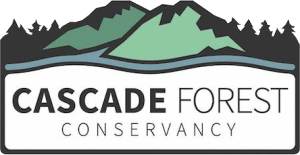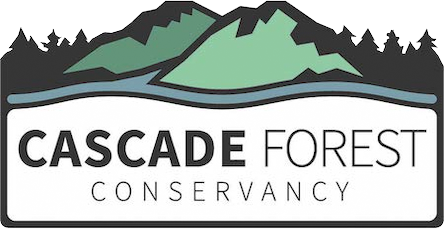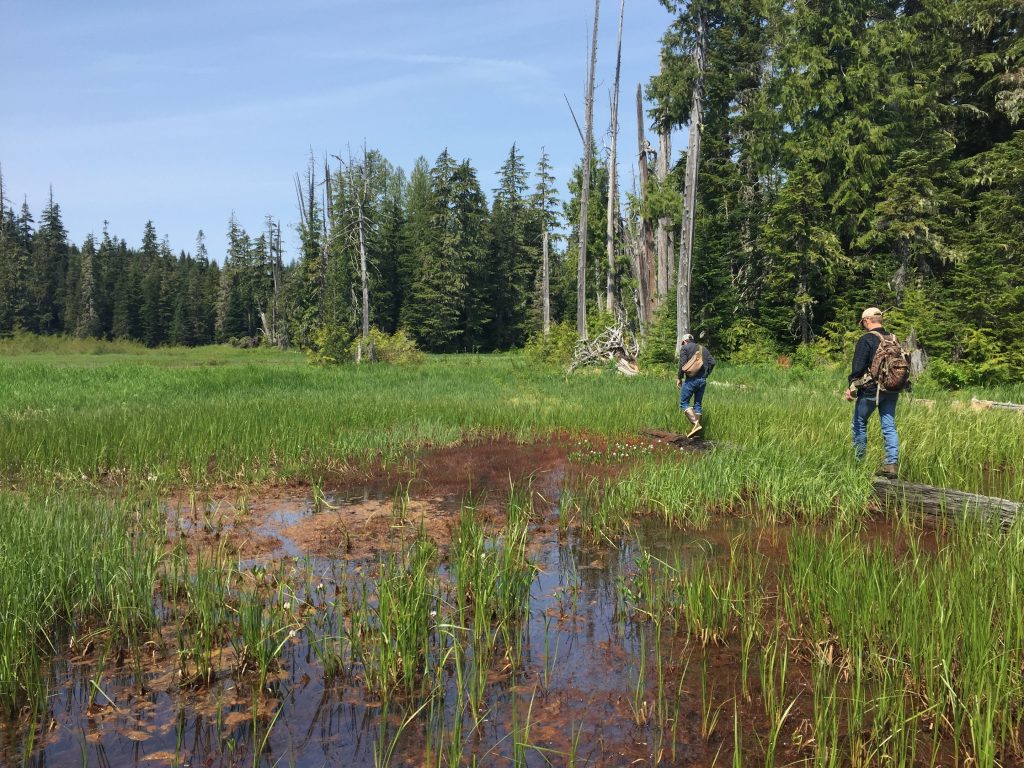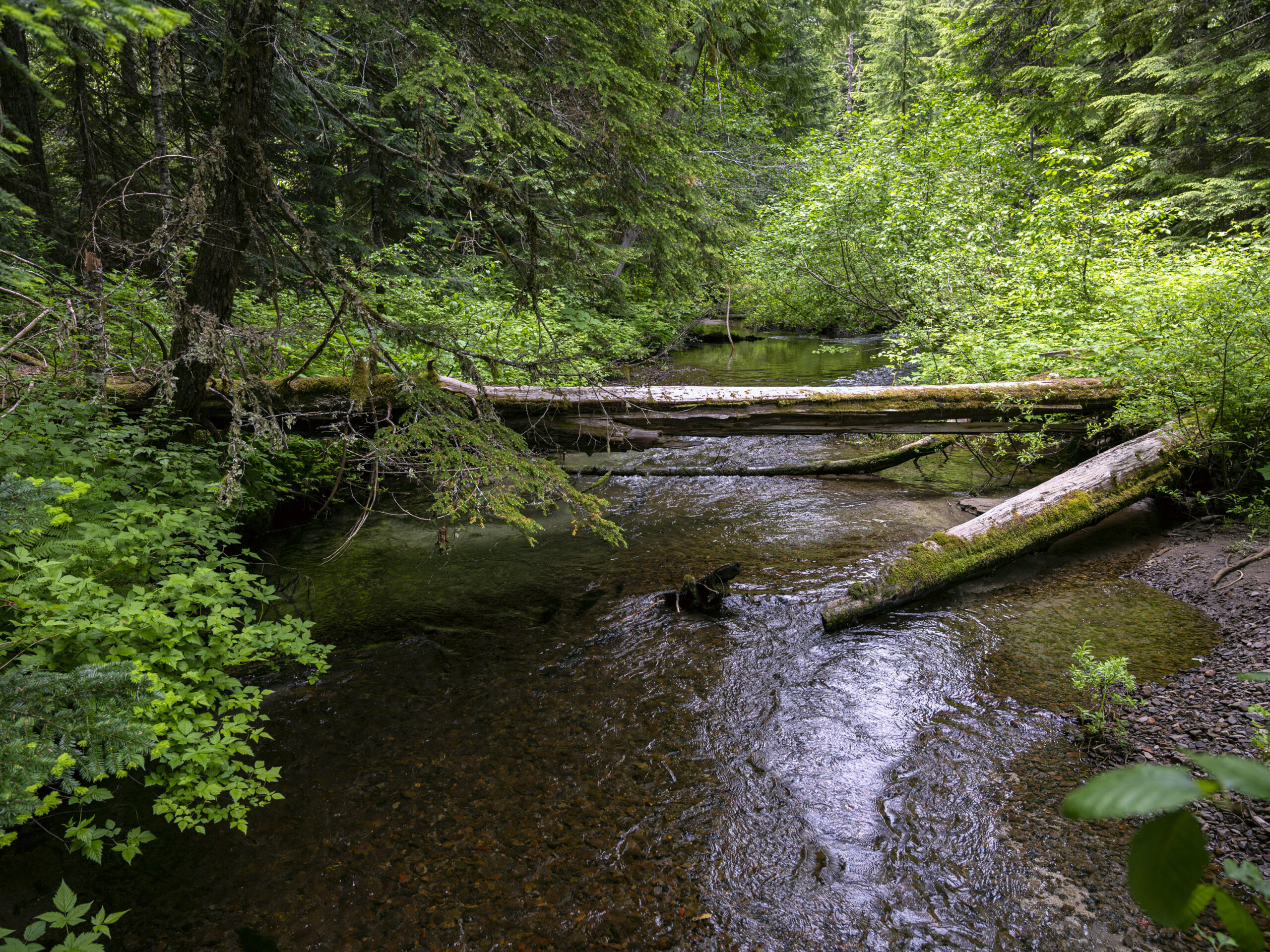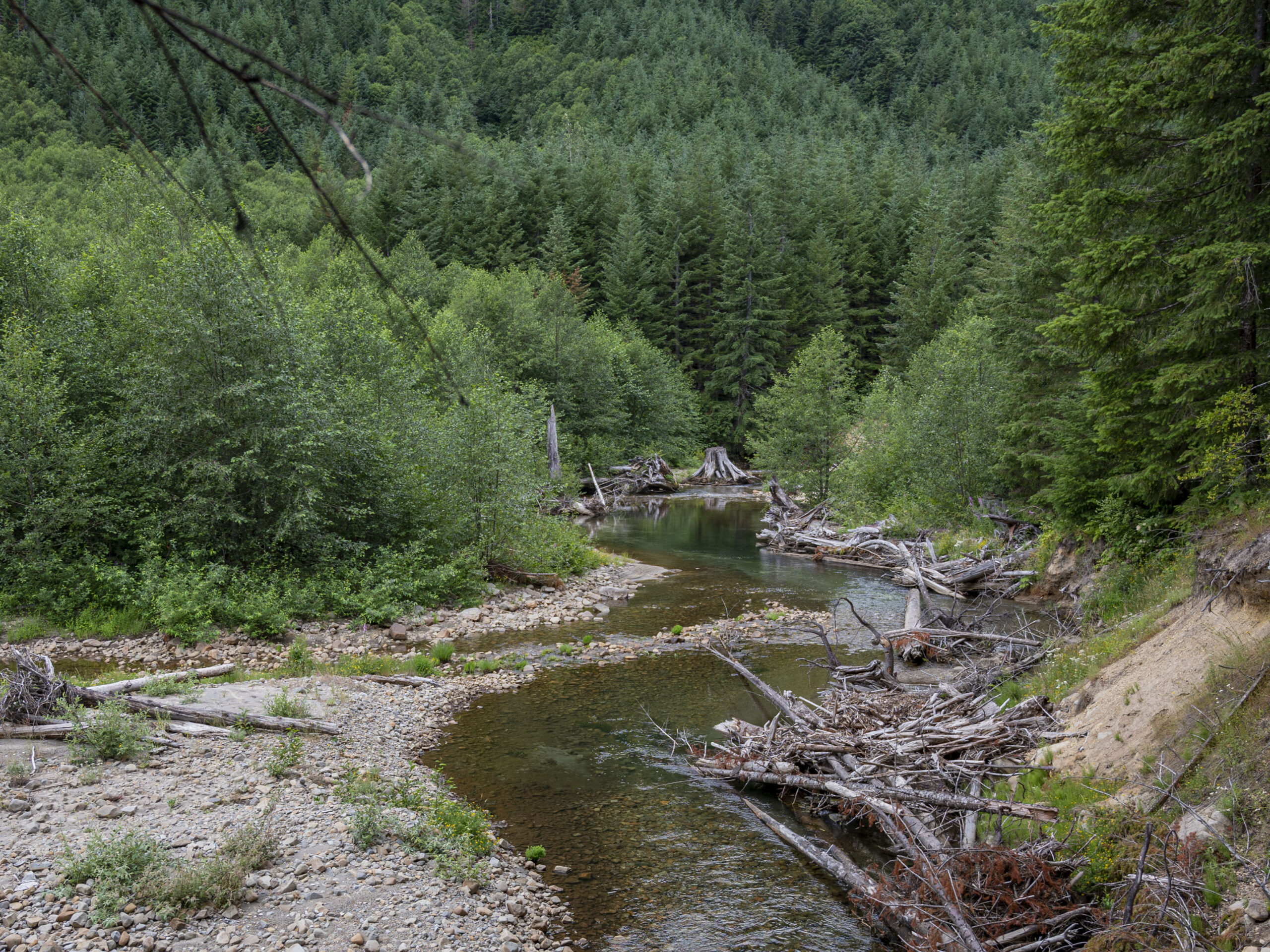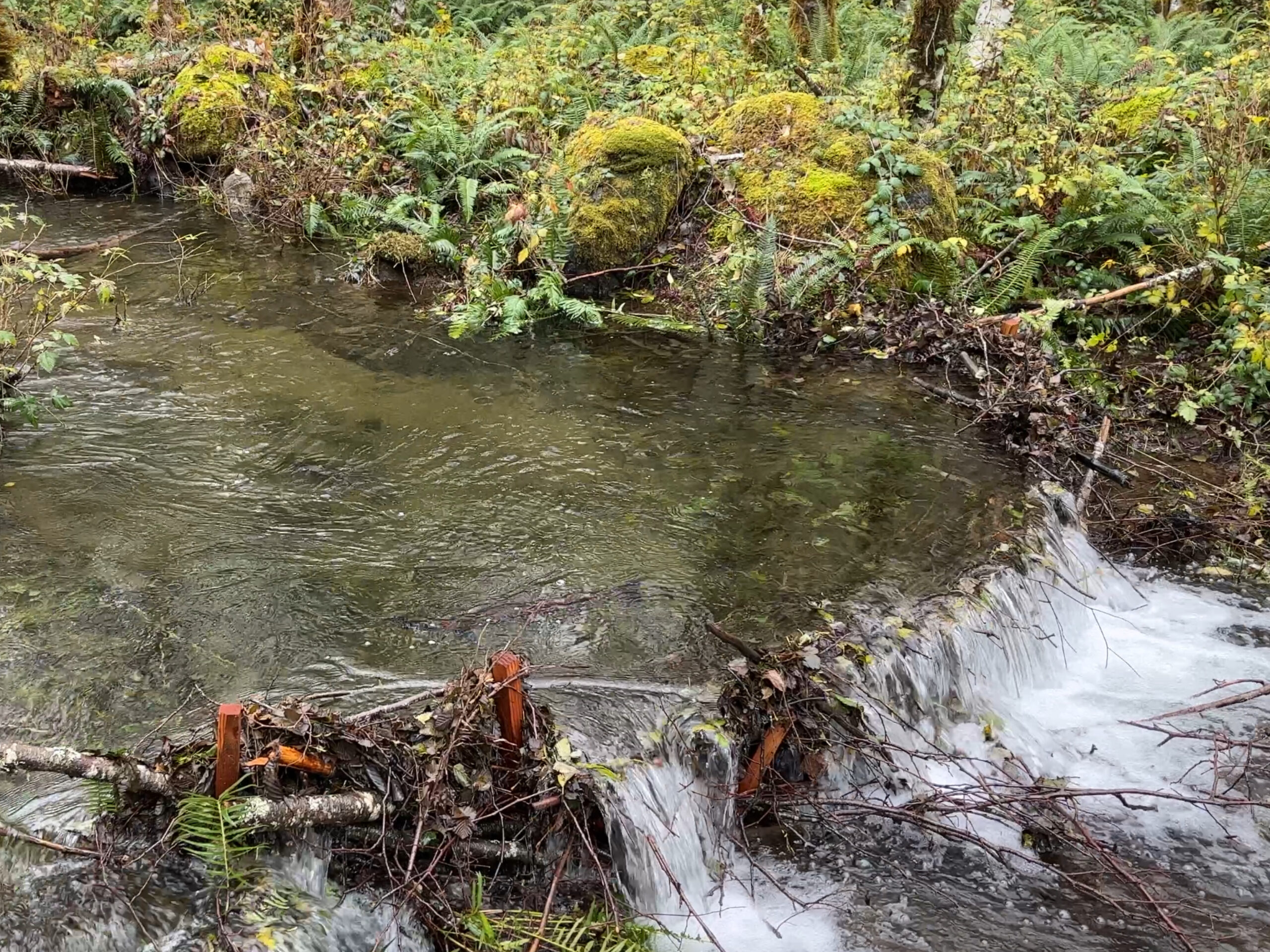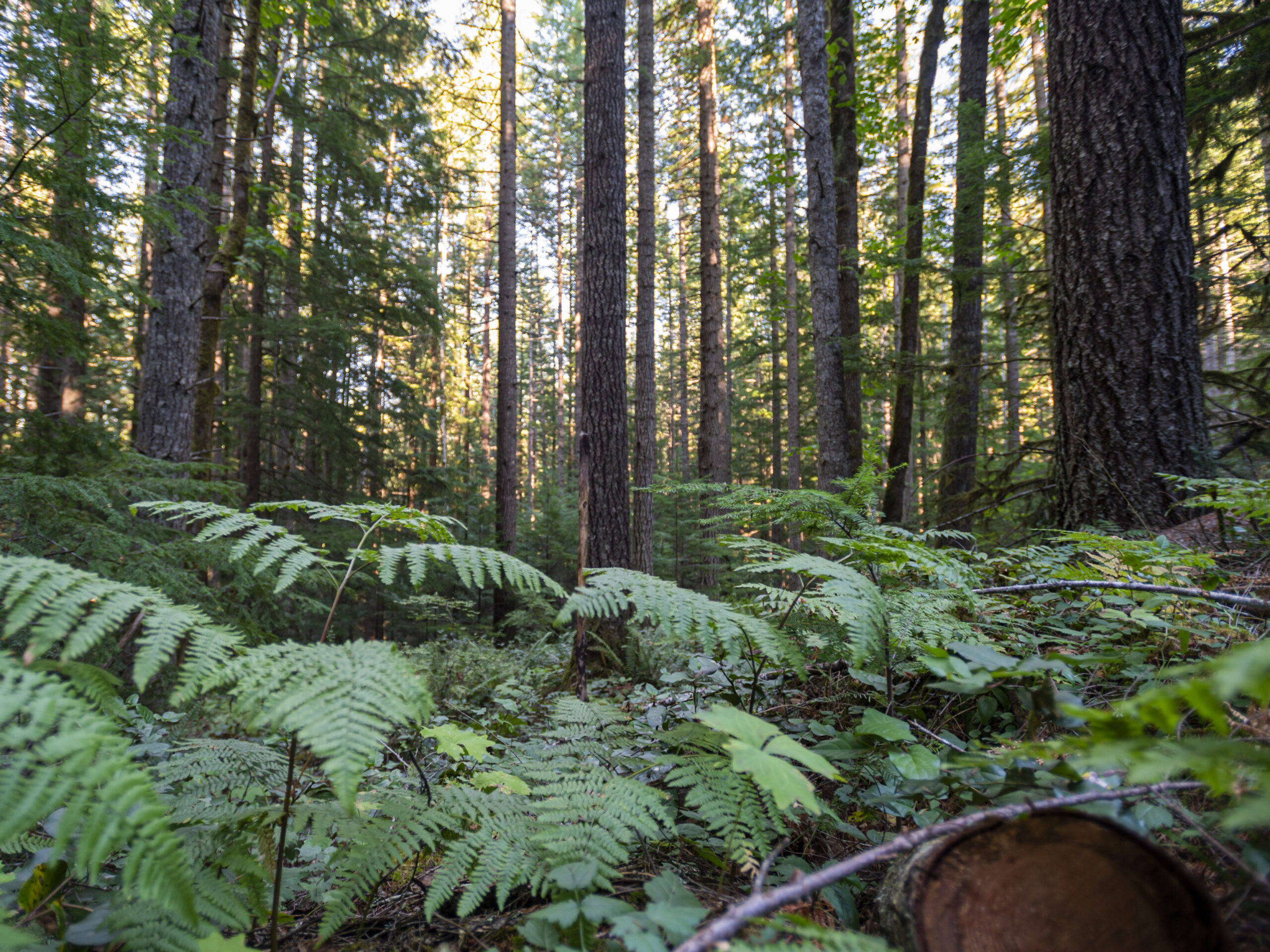[vc_row row_type=”row” use_row_as_full_screen_section=”no” type=”full_width” angled_section=”no” text_align=”left” background_image_as_pattern=”without_pattern” css_animation=””][vc_column width=”1/12″][/vc_column][vc_column width=”5/6″][vc_empty_space][vc_column_text]
 [/vc_column_text][vc_empty_space][vc_separator type=”normal” color=”#444444″ thickness=”3″][vc_empty_space][vc_column_text]
[/vc_column_text][vc_empty_space][vc_separator type=”normal” color=”#444444″ thickness=”3″][vc_empty_space][vc_column_text]
The Cascade Forest Conservancy (CFC) has grown a special partnership with the Cowlitz Indian Tribe (CIT) on a number of important projects. The Tribe has been a partner of ours for many years, collaborating in the field as well as on natural resources policy issues, but now we are rolling up our sleeves for several on-the-ground restoration projects. Most recently, the Cowlitz Tribe has been a key partner on our beaver reintroduction efforts, and a sub-grantee of a CFC Wildlife Conservation Society grant. This exciting collaboration is a major, landscape-scale restoration project in the Gifford Pinchot National Forest that grew out of our 2016 Wildlife and Climate Resilience Guidebook. To date, CIT has collaborated with us on many pivotal aspects of the project – joining us on beaver habitat surveys, forming agreements with wildlife trapping companies to gather the beaver, and creating holding facilities to keep the beaver comfortable until they can be relocated.
Read the full blog post here: https://cascadeforest.
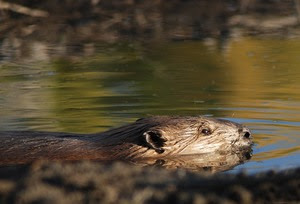
[/vc_column_text][vc_empty_space][vc_separator type=”normal” color=”#444444″ thickness=”3″][vc_empty_space][vc_column_text]
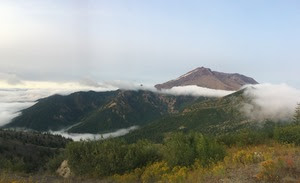
[/vc_column_text][vc_empty_space][vc_separator type=”normal” color=”#444444″ thickness=”3″][vc_empty_space][vc_column_text]Seed Collection for Post-Fire Restoration
This weekend we will be out in the forests near Mount Adams collecting native seeds with volunteers as part of the multi-year effort to restore post-fire areas that were severely impacted by successive, high-intensity fires between 2008 and 2015. These seeds collected this weekend will be used for future seeding trips. Our trip will start with a training at the Mount Adams Ranger District office where the local Forest Service botanist will train volunteers on plant identification for target species and seed collection techniques.
Without active restoration, many native species are unlikely to re-colonize the area in the near future (or perhaps for decades), which will negatively impact local wildlife, decrease overall ecosystem resilience. This can also increase the establishment and spread of non-native invasive species. Reintroducing a diverse set of native plant species will improve the resilience of local wildlife and ecosystems and will create habitat for pollinators, birds, mammals, and other vegetation.[/vc_column_text][vc_empty_space][vc_separator type=”normal” color=”#444444″ thickness=”3″][vc_empty_space][vc_column_text]
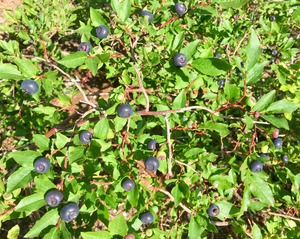 It is currently peak huckleberry season, and pickers are out gathering berries all through the Gifford Pinchot National Forest. CFC has been out in the GPNF since late July working with volunteers, staff, and other organizations to collect data for our huckleberry monitoring project. This year and last, we have visited forest stand units that have been treated (thinned) using different techniques in hopes of optimizing huckleberry plant growth and fruit production. We have units that we are monitoring near Pinto Rock and the Sawtooth Berry Fields. These are both areas where huckleberry has been known to flourish but could use more sunlight to enhance productivity.Once we know which treatment types are most suitable for huckleberry, the results of the research will be written into the Gifford Pinchot National Forest Huckleberry Management Strategy. There is currently a draft of this document with our preliminary data, which can be found here https://pinchotpartners.
It is currently peak huckleberry season, and pickers are out gathering berries all through the Gifford Pinchot National Forest. CFC has been out in the GPNF since late July working with volunteers, staff, and other organizations to collect data for our huckleberry monitoring project. This year and last, we have visited forest stand units that have been treated (thinned) using different techniques in hopes of optimizing huckleberry plant growth and fruit production. We have units that we are monitoring near Pinto Rock and the Sawtooth Berry Fields. These are both areas where huckleberry has been known to flourish but could use more sunlight to enhance productivity.Once we know which treatment types are most suitable for huckleberry, the results of the research will be written into the Gifford Pinchot National Forest Huckleberry Management Strategy. There is currently a draft of this document with our preliminary data, which can be found here https://pinchotpartners.If you’d like to head out to the GP and gather huckleberries, make sure to download a free permit online, visit this website for more details https://apps.fs.usda.
[/vc_column_text][vc_empty_space][vc_separator type=”normal” color=”#444444″ thickness=”3″][vc_empty_space][vc_column_text]
[/vc_column_text][vc_empty_space][vc_separator type=”normal” color=”#444444″ thickness=”3″][vc_empty_space][vc_column_text]
[/vc_column_text][vc_empty_space][vc_separator type=”normal” color=”#444444″ thickness=”3″][/vc_column][vc_column width=”1/12″][/vc_column][/vc_row]
